How to grow figs in a city apartment?
Representatives of the Ficus clan have long won the love of the owners of indoor gardens. But growing figs at home is still unfamiliar to most flower growers. But there are many varieties of culture bred specifically for this. They are distinguished by their short stature, the ability to self-pollinate and abundant fruiting. In some of them, the crop ripens twice a year. At the same time, taking care of them is not difficult at all.
People's love for figs is reflected in its many names. In different localities, it is known under the name of the fig tree (fig), fig tree (fig), wine berry. In Russia, this thermophilic exotic culture has been grown indoors for more than 4 centuries, so the secrets of its successful cultivation have long been revealed.
Features of seed reproduction
To propagate figs, you can use:
- seeds;
- root suckers;
- cuttings.
The generative method is rarely used when breeding a fig tree. It is faster and easier to propagate it by cuttings. But if there is no other choice, you will have to sow seeds. They are distinguished by good germination, without losing it even after 2 years of storage.
Sowing is carried out in a mixture of humus and sand, taken in equal volumes. 1.5-2 cm are left between the seeds in the planting container. They are covered with a 2-3 cm layer of soil. After abundantly moistening the soil after sowing, a plastic wrap or glass is put on the container. The nutrient medium must remain moist at all times.
For seed germination, a temperature of 25-27˚C is required. If all conditions are met, the sprouts will appear from the soil for 15-21 days. When they are 1 month old, the seedlings will need to be planted in separate pots. They should not be too wide, 9-10 cm in diameter is enough. Figs grown from seeds usually enter the fruiting period at 4-5 years of age, but they can yield earlier.
Planting cuttings
The best time to cut cuttings from an adult fig is early spring, when the leaves on the plant have not yet blossomed. But summer landing is also practiced. The length of the cut shoots should be no more than 15 cm, and the optimal number of buds on them is 3-4. Lignified and green cuttings root equally well. From below, the cut is made oblique, departing 1-1.5 cm from the extreme kidney. From above, it should be flat. The correct distance from the bud to the top of the cutting is 1 cm.
Advice
In order for the cut branch to take root faster, its lower part is slightly scratched with a sharp knife, leaving longitudinal marks.
Fresh cuttings are kept for 5-6 hours in a cool and dry room. During this time, the milky juice that is released from the wounds should dry out. Having prepared a solution of an organic growth stimulant, cuttings are placed in it. After 10-12 hours, they can be planted in a pot.
Fig roots are afraid of excessive moisture, so the bottom of the container is covered with a drainage layer, the thickness of which is 1 cm. Next, the pot is filled with a nutritious substrate. It is pre-steamed to disinfect it.
If the soil mixture for figs is prepared independently, the following components are taken for it in a ratio of 2: 1: 1:
- leaf humus;
- turf;
- sand.
The soil layer should be 6 cm. From above it is covered with 3-4 cm of calcined and purified river sand. Having abundantly moistened the substrate, shallow (3 cm) planting pits are made, leaving 8 cm of free space between them. Having dipped the cutting in wood ash, place it in the hole. The sand near the future trunk of the figs is compacted by pressing well with your fingers.The planted cuttings and the surface of the substrate are sprayed with water from a spray bottle. If individual pots were used, place a cut plastic bottle or glass jar on top. When landing in boxes, they make a kind of greenhouse, constructing a wire frame and covering it with film.
Rooting conditions for cuttings
In order for the cuttings to take root faster, they need moderate soil moisture and warmth. The state of the sand is closely monitored, not allowing it to dry out. The air in the room should be warmed up to 22-25˚C. It takes 4 to 5 weeks for the cuttings to take root. Then they are given a month to get stronger, after which it will be possible to plant young figs from the box into individual containers of small (10-12 cm) diameter.
A tree grown from a cuttings will bear its first fruits already at 2 years of age. Its roots can form new shoots. They are carefully separated and placed in a separate pot, putting on a plastic bag after planting. They take root faster - in 3-4 weeks. When this happens, the plant cannot be opened immediately. So that young figs do not have stress, they gradually accustom them to indoor conditions. The film is briefly opened daily, increasing the time interval more and more.
If there is no earth and sand yet, and the cuttings are already cut, you can put them in the water. This method of rooting is usually resorted to in winter or early spring. The cuttings are placed in water so that under it there is 3 cm of their length. The fluids do not allow stagnation, changing it every 2-3 days in order to prevent decay of the planting material. After 3-4 weeks, powerful roots are formed on the cuttings. Then they are placed in separate containers, covered with a plastic bag on top.
Secrets of the correct transplant
Figs need a lot of space to develop. But there is one subtlety. If the tree is not yet bearing fruit, a large pot will not work. In it, figs will begin to grow intensively upward and in breadth, which will complicate caring for it. Since all the strength of the tree will go to development, it will bring the harvest much later than when planting in a small pot. When ovaries form on the branches of the fig tree, its growth will practically stop.
At home, figs need a regular transplant. It should be carried out while the growing season has not yet begun. If the tree is young, the pot is changed every year. When it reaches the age of 4-5 years, the need for a transplant is determined by the degree of development of the root system. If the fig is quite mature, it is more convenient to cultivate it in a bulky wooden box.
A young tree is transplanted into a container that is 1 liter larger than the previous one. When it reaches 5 years of age, the volume of the pot should already be 5-7 liters. After that, for transplanting, each time they take a container 2-2.5 liters larger than the old one. The procedure is carried out by the transshipment method. You can lightly shake off old soil from the roots of the figs, replacing it with fresh, but this must be done carefully so as not to damage the roots.
The transplant substrate is prepared by mixing the following components in a 2: 2: 1: 1 ratio:
- leaf humus;
- sod land;
- peat;
- river sand.
The optimum soil pH for figs is between 5 and 7.
Temperature and watering
It is best to keep the fig tree pot in a well-lit area during the growing season. This is especially important if the figs have already begun to bear fruit. If the sun's rays are not enough for him, the fruits on his branches will not ripen. Until the moment of harvest, the temperature is comfortable for the tree in the range of 22-25˚C. In winter, when the figs enter dormancy, they are reduced to 10C. It is best to place the plant pot in a cellar or basement. If this is not possible, it is moved closer to the window glass, fenced off from room heat with a plastic film.
During the growing season, watering the plant needs frequent and abundant. It reacts to a lack of moisture by losing its decorative effect. The leaves on the figs begin to curl and may partially fall off.If the soil in the pot is very dry, they will fly around completely. But you should not rush to get rid of such figs. Its former beauty can be restored if the plant is watered abundantly later.
At the end of October, the volume of the applied liquid and the amount of moisture are reduced. Until the middle of winter, figs are watered twice a month, using only cool (no warmer than 16-18˚C) water. Otherwise, the buds on the tree will wake up ahead of time. In the cellar or in the basement in the last days of February, the dormant period for the tree will change the phase of active growth, when it again needs a lot of water. In indoor conditions, the fig tree will wake up earlier - in late December or early January.
Advice
Figs respond well to spraying the leaves with warm water. You can even water its crown from the shower, having previously securely covered the surface of the soil with a film.
If the fig did not shed the leaves by itself in the fall, you need to help him with this. Since the tree belongs to deciduous crops, its development will not be complete without a short rest. It is not difficult to artificially induce a dormant period. It is enough to greatly reduce watering and allow the soil to dry out, and the leaves on the tree will turn yellow and fly around.
Top dressing and tree shaping
Homemade figs are fed when they bloom and form fruit. Organic and mineral compositions are suitable for it. The fig tree responds well to such fertilizers:
- infused slurry;
- wood ash;
- fertilizer from weeds.
They are brought in with a break of 2 weeks. It is worth nourishing the tree at the beginning of the growing season. When his buds begin to wake up, the figs are watered with infused manure. After 2 weeks, a liquid mineral fertilizer containing a lot of phosphorus and nitrogen is applied.
The color of the leaves of a fig will be brighter and more intense if fertilized with iron vitriol. In 1 liter of water, stir 2 g of the drug and water the plant with the resulting composition. Foliar top dressing can also be done by simply sprinkling a fig crown with it. They do this twice a year - in spring and summer.
Formative pruning may be required to keep adult figs looking well-groomed and beautiful. But it is important not to overdo it with it, because the fruits of the tree are tied on young branches. If the fig stretches upward without forming lateral shoots, the top will need to be pinched. This procedure stimulates their development. When the side shoots grow back, they are subjected to the same fate. And if they are too long, they also cut off.
Fig will be a real boon for those who would like to decorate their indoor garden with an exotic plant, but doubt whether they can provide it with proper care. It is quite unpretentious, easily adapts to dry indoor air, does not require much attention. The wide leaves of the tree have a beautiful shape, and its fluffy, spreading crown is compact in size, so there is a corner for figs even in apartments with a small area. In warm weather, he can live on a balcony or loggia, refreshing the boring cityscape with bright greenery. It will be possible to take out the pot with the tree and into the garden.
Another advantage of figs is their high yield. With proper care, it will be possible to feast on its healthy fruits, ripened right on the windowsill, twice a year. Think how many benefits planting this tree will bring, and the urge to grow it at home will become irresistible!
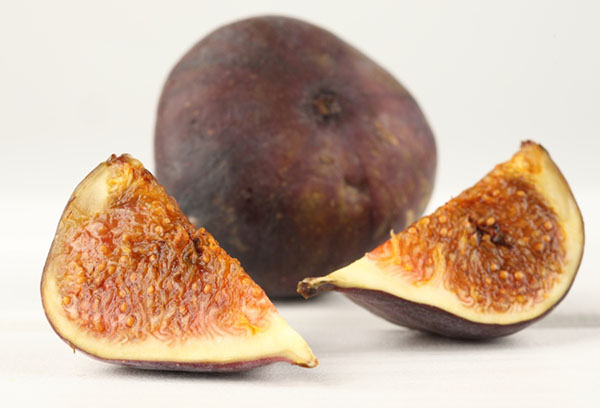
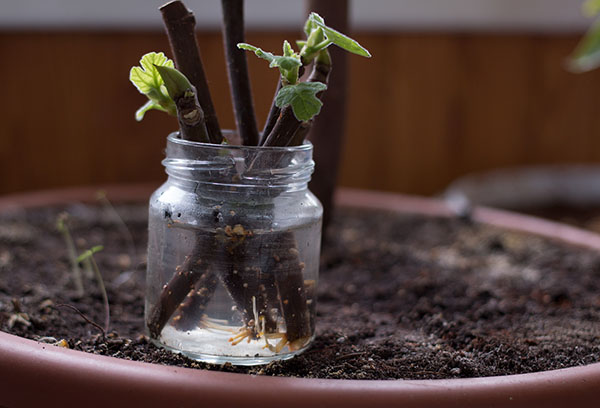
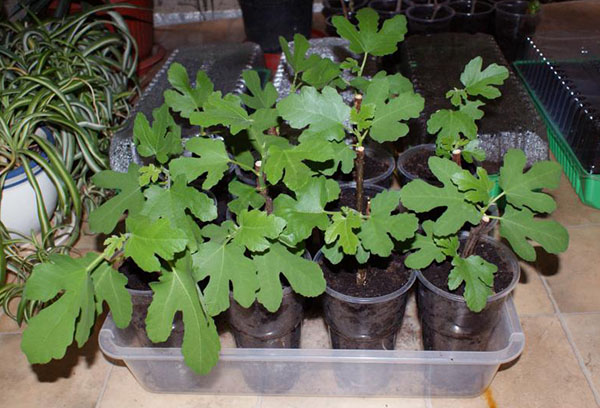
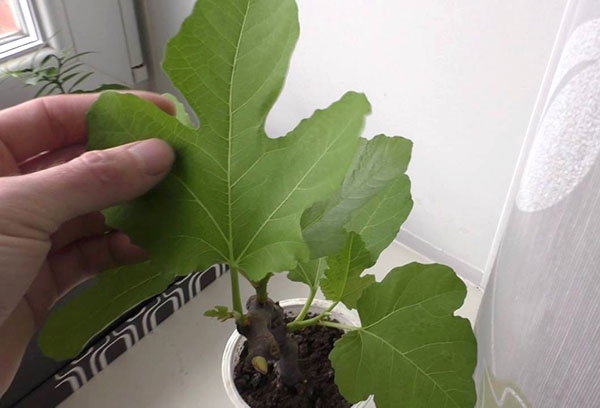
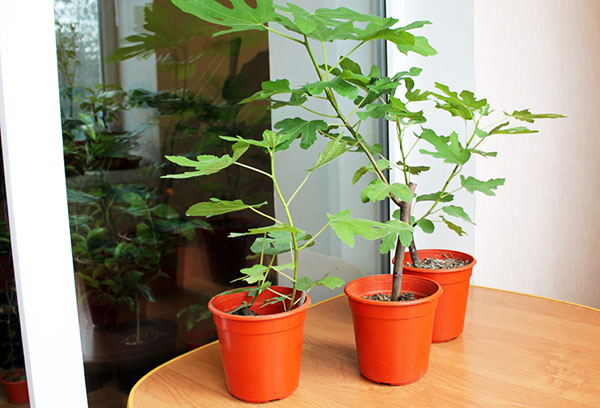
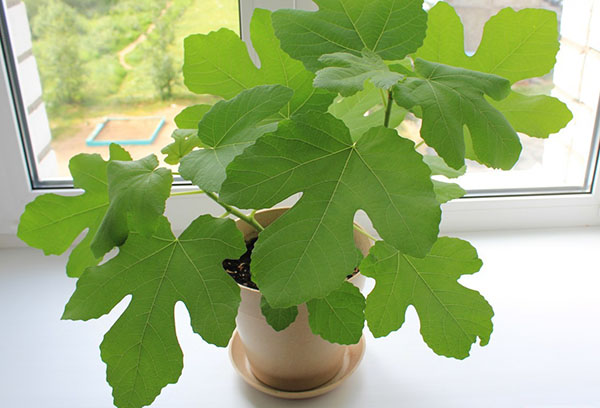
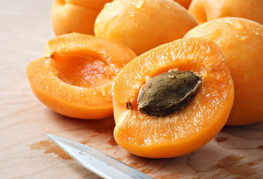
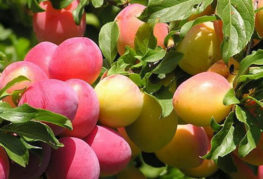
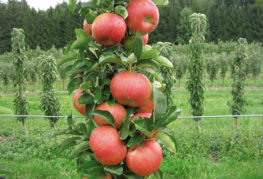

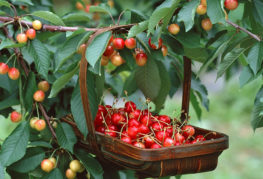
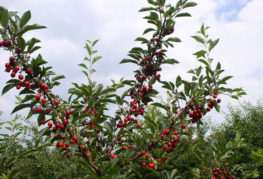
and will be published shortly.